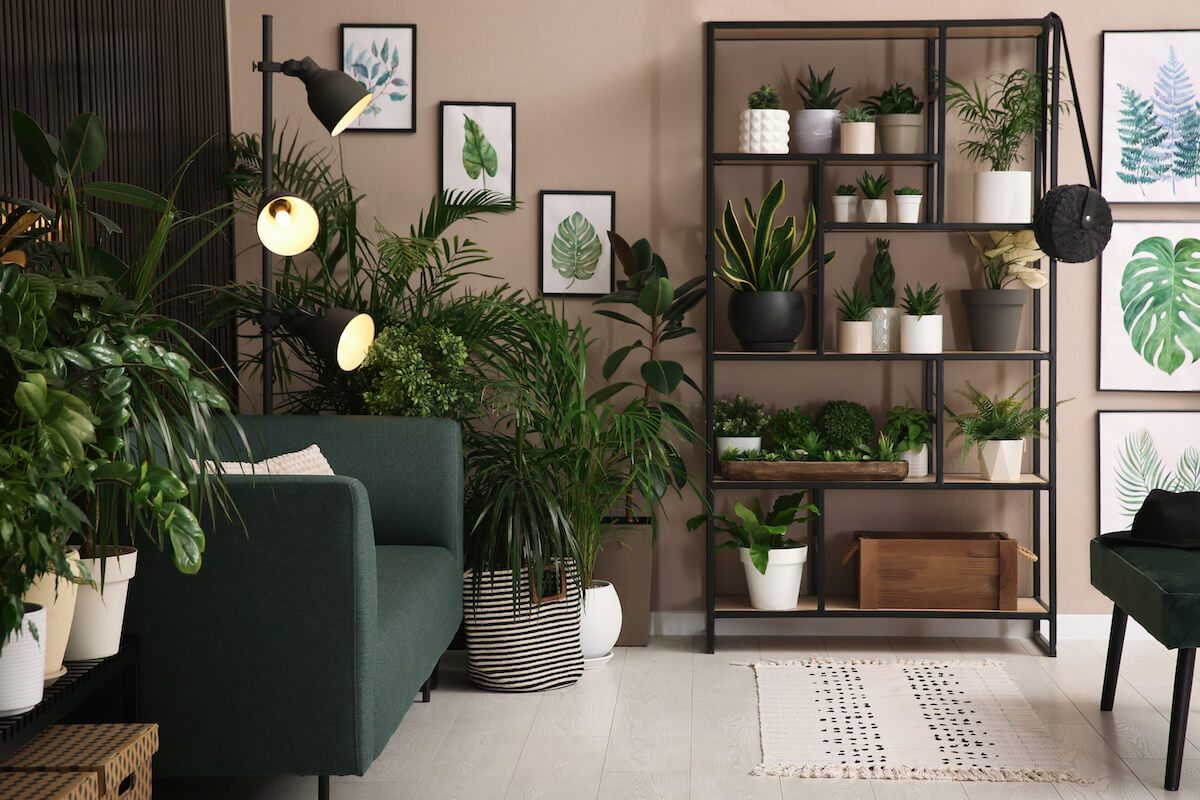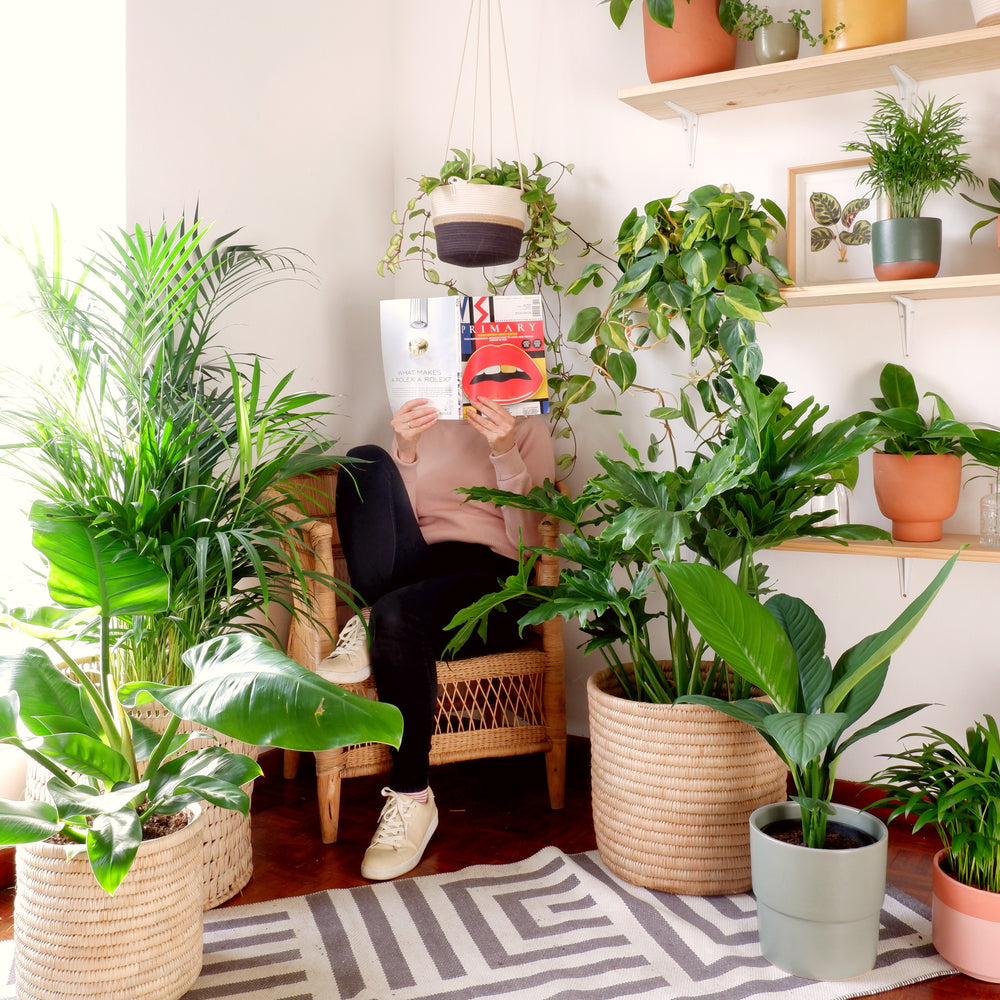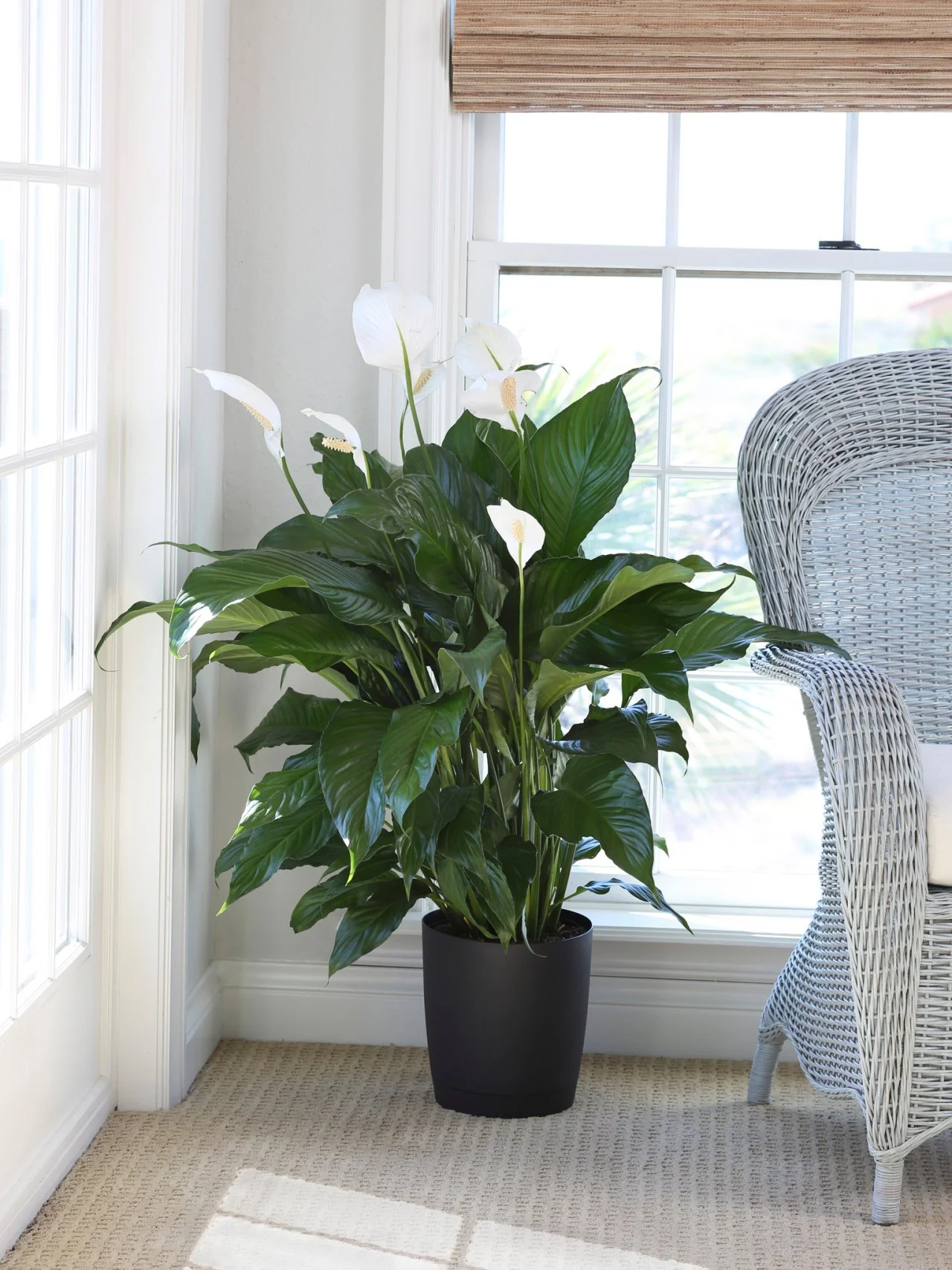How to Care for the Best Low-Light Indoor Plants in Any Environment
How to Care for the Best Low-Light Indoor Plants in Any Environment
Blog Article
Discover the Tricks of Low-Light Indoor Plants and How They Enhance Your Atmosphere
Low-light indoor plants have actually gathered increasing focus for their special capacity to improve both aesthetic appeal and ecological top quality within homes and offices. These resilient types, including the Serpent Plant and Peace Lily, not just prosper in tough lighting conditions however also play a pivotal duty in air purification and emotional wellness.
Advantages of Low-Light Indoor Plants
Although lots of people think that interior plants require abundant sunshine to grow, low-light indoor plants provide a wide variety of benefits that make them excellent for different atmospheres. Among the primary benefits is their versatility; they can grow in rooms with minimal natural light, such as offices, cellars, or spaces with small home windows. This function permits individuals to improve their surroundings with plant, adding to boosted aesthetic appeals without the requirement for considerable lighting alterations.
Moreover, low-light indoor plants can substantially enhance indoor air high quality by filtering system damaging toxins and launching oxygen, making living spaces healthier. The existence of plants has actually been connected to higher sensations of harmony and emphasis.
Moreover, low-light plants usually call for much less maintenance than their sun-loving counterparts, making them optimal for hectic individuals or those new to gardening. Their strength permits them to prosper with very little intervention, thus providing a rewarding experience for plant fanatics and amateurs alike. In recap, low-light indoor plants serve both aesthetic and functional objectives, making them useful additions to any room.
Leading Low-Light Plant Ranges
Low-light indoor plants can be found in a range of types, each offering unique features and advantages fit for dark settings. Among one of the most prominent ranges is the Snake Plant (Sansevieria), understood for its architectural fallen leaves and air-purifying capabilities. This resistant plant flourishes on neglect and can endure a wide variety of light problems.
Another outstanding option is the ZZ Plant (Zamioculcas zamiifolia), which features shiny, dark eco-friendly fallen leaves and is extremely drought-tolerant. Its flexibility makes it a preferred for workplaces and homes with restricted sunshine.
The Pothos (Epipremnum aureum) is likewise a leading contender, with its routing vines and heart-shaped leaves - Best low-light indoor plants. This functional plant can be trained to climb up or cascade, adding aesthetic interest to any type of room

Treatment Tips for Low-Light Plants
Caring for low-light interior plants requires a nuanced understanding of their certain needs to make certain ideal development and vitality. It is vital to pick the ideal potting mix, as a well-draining dirt is important to protect against root rot. A mix designed for houseplants, usually including peat moss and perlite, functions well for most low-light ranges.
Watering is another crucial facet of care. Low-light plants usually call for much less frequent watering compared to their sun-loving counterparts. It is advisable to inspect the top inch of soil; if it feels completely dry, it's time to water. Overwatering can lead to issues such as mold and mildew and root decay.
Fertilizing should be approached with caution. Throughout the expanding period, a watered down fluid fertilizer can be applied monthly, but in cold weather, several low-light plants get in dormancy and need little to no fertilizing.
Finally, it is very important to occasionally clean up the leaves to get rid of dust, enabling for far better light absorption. By adhering to these treatment tips, you can cultivate a flourishing atmosphere for your low-light indoor plants, improving both their appearance and durability.
Enhancing Air High Quality With Plants
Indoor plants play a considerable function in boosting air top quality within homes and office. With the procedure of photosynthesis, these plants take in carbon dioxide and release oxygen, contributing to a healthier atmosphere. In addition, specific low-light indoor plants have the capacity to filter damaging contaminants, such as benzene, formaldehyde, and trichloroethylene, which are frequently discovered in indoor environments.

Additionally, the visibility of interior plants can boost humidity levels, which helps ease completely dry skin and respiratory system problems, additionally enhancing general well-being. This ability to boost air top quality not just promotes physical health but additionally sustains mental wellness.
Including low-light interior plants into your living and working rooms can cause a much more stimulating and lively environment (Best low-light indoor plants). Investing in you could check here these all-natural air moved here purifiers is a simple yet reliable method for enhancing interior air high quality and fostering a much healthier way of life
Producing a Serene Indoor Room
The combination of plants into living rooms not only improves air top quality but also adds to a tranquil environment. Low-light interior plants, such as serpent plants and pothos, are particularly reliable in producing a serene setting, as they prosper in conditions that might otherwise be unwelcoming for other greenery. Their lavish foliage gives a soothing visual, decreasing stress and anxiety and promoting leisure.
Incorporating these plants right into your home or office can evoke a feeling of peace and wellness. Strategically putting them in locations where you spend considerable time, such as living areas or work areas, permits an immersive experience with nature, which has actually been shown to enhance state of mind and cognitive feature.
Furthermore, the mild activity of leaves in reaction to air movement can develop a dynamic visual component that boosts the overall atmosphere. Take into consideration using a range of plant elevations and textures to add depth and rate of interest to your room. With thoughtful placement and care, low-light indoor plants can change any kind of location right into a peaceful shelter, cultivating not only aesthetic fulfillment yet also emotional and psychological health.

Conclusion
Incorporating low-light interior plants into different environments yields considerable advantages, consisting of enhanced air quality and enhanced aesthetic allure. The transformative power of low-light plants highlights their worth in enhancing both household and work setups.
Although several people presume that interior plants call for plentiful sunlight to flourish, low-light interior plants provide a wide range of benefits that make them perfect for various settings.In addition, low-light interior plants can substantially improve indoor air more top quality by launching and filtering harmful contaminants oxygen, making living areas healthier. Furthermore, certain low-light interior plants possess the capacity to filter dangerous contaminants, such as trichloroethylene, formaldehyde, and benzene, which are typically found in interior environments.
Low-light interior plants, such as snake plants and pothos, are especially effective in producing a serene setting, as they flourish in problems that may or else be inhospitable for other plant.Integrating low-light interior plants into different environments yields substantial benefits, consisting of boosted air high quality and boosted aesthetic charm.
Report this page